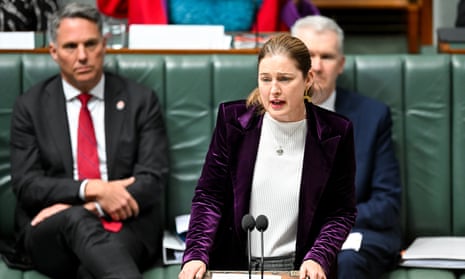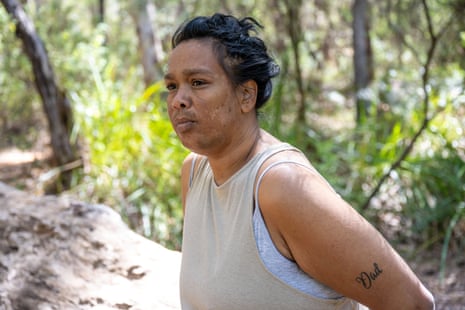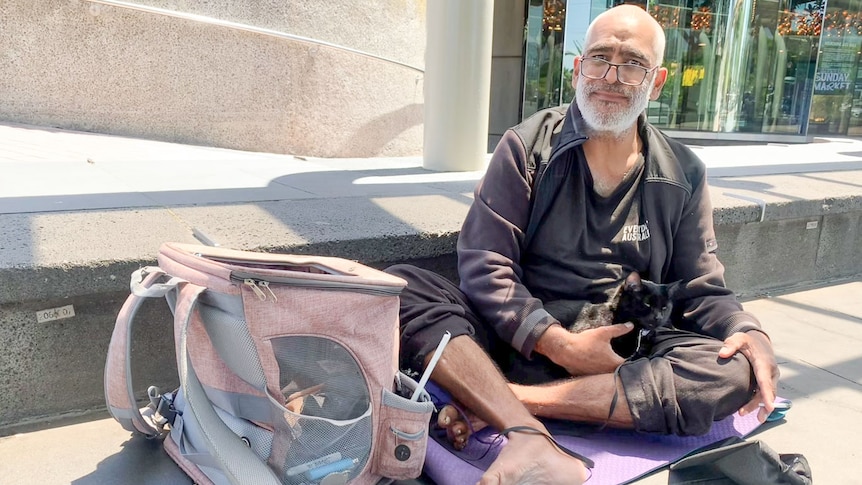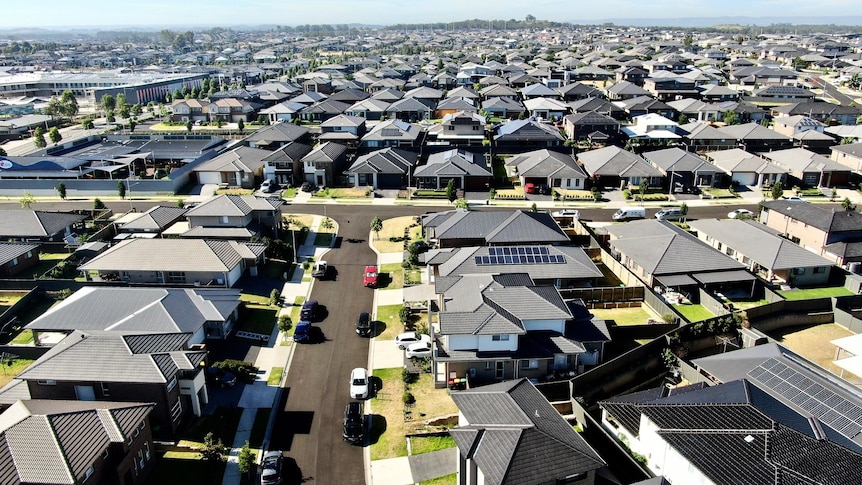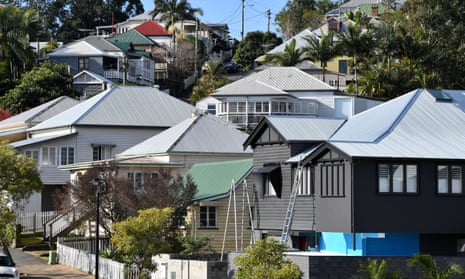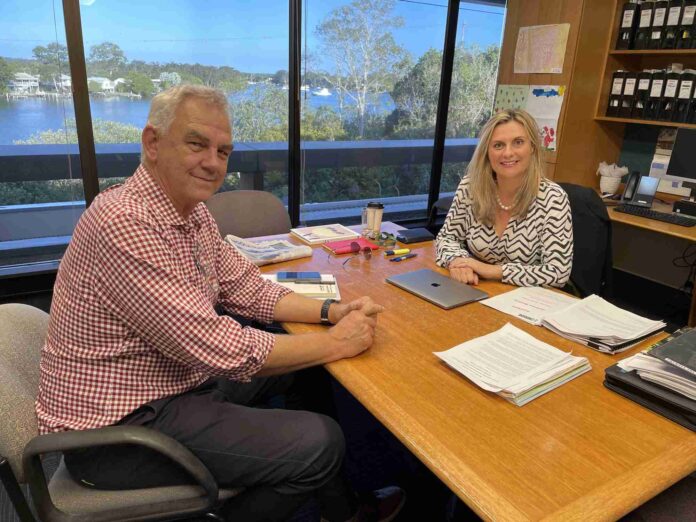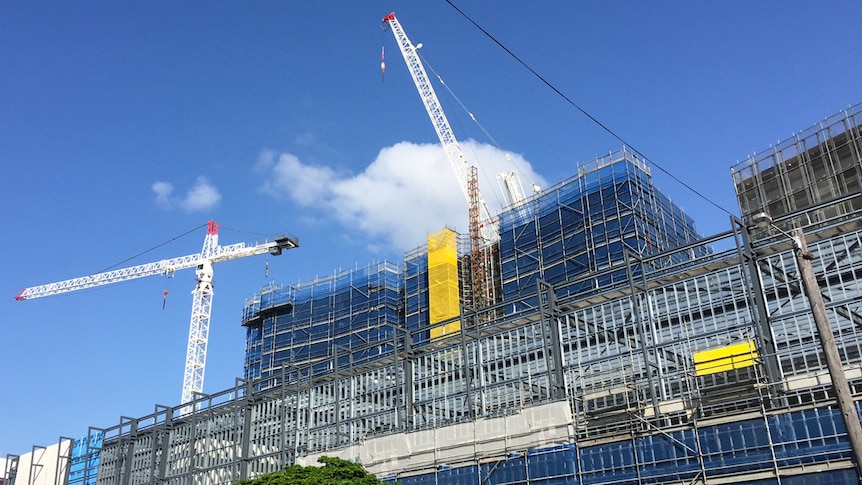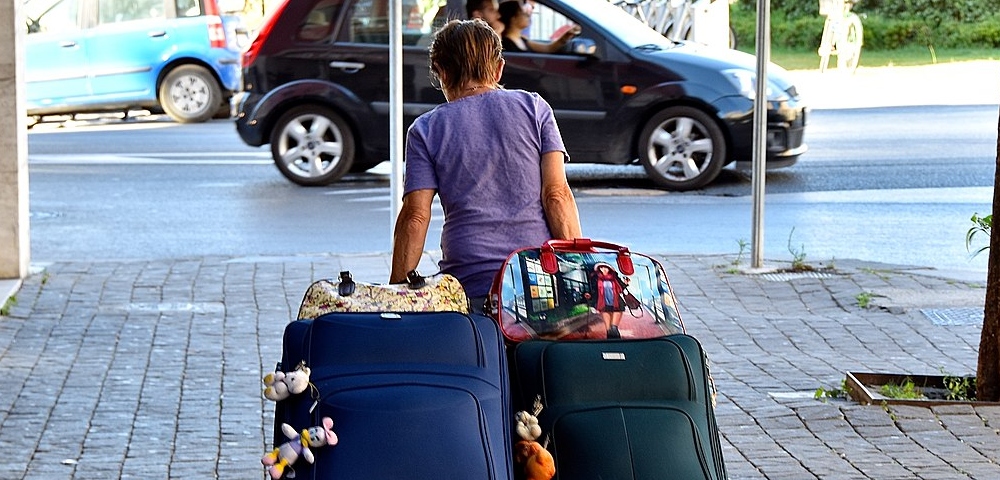The Productivity Commission says 45,000 extra dwellings could have been built in Sydney between 2017 and 2022 by raising building…
The housing minister, Julie Collins, says she is in discussions about better homeless deaths data collection with the states and…
Hundreds of Australians experiencing homelessness are dying more than 30 years prematurely in a nationwide crisis fuelled by despair, critical…
Melbourne rough sleeper Morgan has spent years getting by with the help of cash donations from strangers, allowing him to…
Governments have long been urged to reinvest in and build more affordable and social housing stock. Children living in tents…
Brisbane’s Community Development network have released a list of useful contacts and hours of operation over the holiday period, including:…
- News
This article is part of MACo’s Policy Deep Dive series, where expert policy analysts explore and explain the top county…
- Brisbane, News
Brisbane city council’s traditional building character overlay prohibits demolition of any dwelling built before 1947 in a bid to ‘maintain…
- News
Adults 65 and older are the fastest-growing age group of people who experience homelessness, and those 50 and over who…
- News
More than 1,300 representatives will attend a three-day National Housing Conference in Brisbane starting on Tuesday, to address difficulties and…
- News, Sunshine Coast
The local housing crisis is among the key issues addressed in a Noosa Council report that details its achievements, initiatives…
- News
As the housing crisis persists and home ownership slips beyond the reach of many Australians, a new model of housing…
- News
Australian cities would boost their stock of affordable housing and make better use of density bonuses offered by governments if…
- News
Mental health plummets and rates of suicide steadily increase in the midst of the housing crisis, studies show. With soaring…


